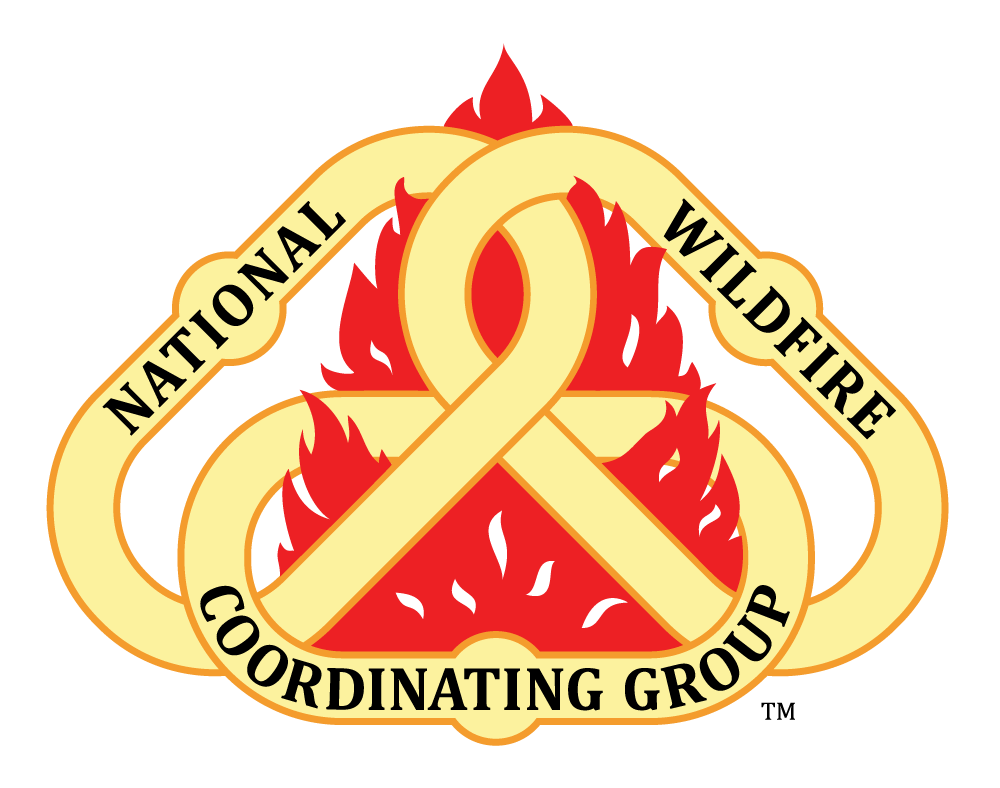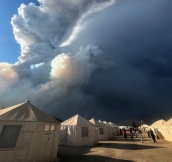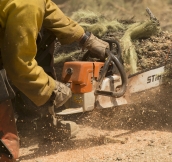
Use the Incident Response Pocket Guide (IRPG), PMS 461, to review and discuss the five major common denominators of fire behavior on fatal and near-fatal fires. These common denominators have been identified through studies of tragedy fires. It is important for firefighters to readily recognize them to prevent future tragedies.
Fire managers make decisions throughout the day on how to suppress fires and best use resources while protecting life and property. This Standard Firefighting Order depicts a firefighter observing increased fire behavior during a time of day when temperatures are high and relative humidity is low.
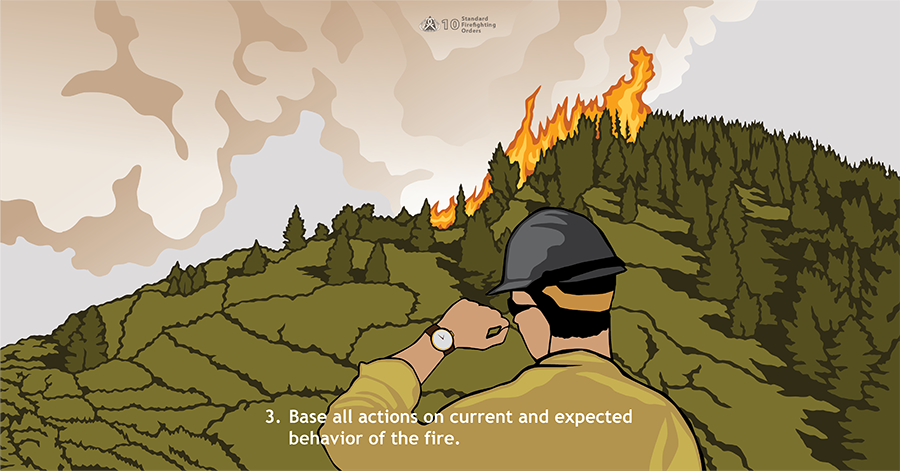
3. Base all actions on current and expected behavior of the fire.
Read about all 10 Standard Firefighting Orders.
Such fires often occur:
- On relatively small fires or deceptively quiet areas of large fires.
- In relatively light fuels, such as grass, herbs, and light brush.
- When there is an unexpected shift in wind direction or in wind speed.
- When fire responds to topographic conditions and runs uphill.
- Critical burn period between 1400 and 1700.
Alignment of topography and wind during the critical burning period should be considered a trigger point to reevaluate tactics.
Blowup to burnover conditions generally occur in less than 60 minutes and can be as little as 5 minutes.
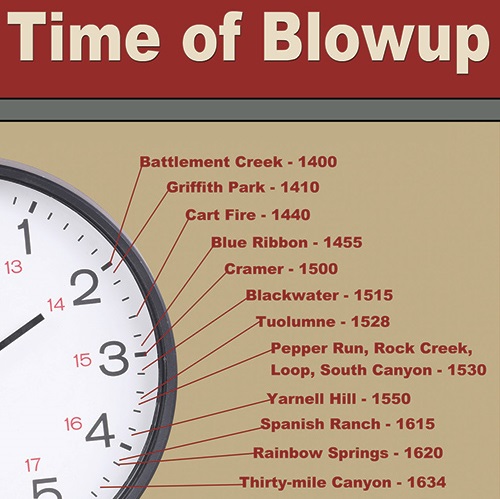
A tactical pause may be prudent around 1400 for reevaluating your situational awareness of topography, fuels, and weather.
It can be used as an opportunity to remember that this is the beginning of a dangerous part of the day for fighting fires and increased caution is in order.

